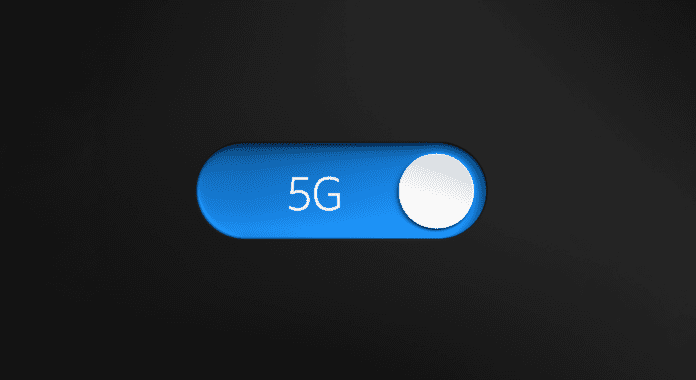Ericsson has launched new software to enhance 5G capabilities, with the aim of guaranteeing the consistent low latency and high reliability demanded by time-critical applications and services for consumers, enterprises, and public sector.
Ericsson is enabling Time-Critical Communication through its new Critical IoT product – easily deployable as a software upgrade on public and private 5G networks, in wide and local areas, on any 5G frequency band.
The Swedish vendor noted that the new solution will allow communications service providers to further enhance experiences in real-time media use cases like cloud gaming and AR/VR, and unlock possibilities in remote control, mobility automation, and industrial control.
Ericsson said that the new offering will “thrill” all 5G users looking for immersive XR experiences, and that it will also benefit enterprises, industries, and public agencies where production processes or mission-critical services depend heavily on high-performance reliable connectivity.
“Ericsson continues to introduce innovative 5G solutions that fuel the global uptake of 5G. Now we are taking 5G to the next level with Time-Critical Communication, a solution that will give our customers the tools to expand their offerings for the consumer, enterprise, and public sectors and further monetize 5G effectively,” said Per Narvinger, head of product area networks.
Ericsson said that its Time-Critical Communication is a software toolbox for resolving lags and interruptions in mobile networks. It combines the 3GPP-specified ultra-reliable, low latency communication (URLLC) standard with Ericsson innovations to mitigate major causes of latency. Ericsson said that the software product delivers consistent low latency (50 ms to 1 ms) end to-end at specified guarantee levels (99.9 percent to 99.999 percent) – enabling time-critical use cases at scale.
Ericsson has been piloting 5G for time-critical use cases with customers and industry partners such as BT and Hyperbat, Einride and Telia, Boliden, ABB, Audi, Fraunhofer IPT, DT and Rockwell.
Ericsson recently partnered with Deutsche Telekom and Telstra to show the benefits of L4S (Low Latency Low Loss Scalable throughput) technology in reducing lag in an interactive cloud game. L4S is one of the new features in the Time-Critical Communication toolbox. Ericsson has also reached a new milestone with MediaTek by proving that 5G can deliver 1ms consistent low latency with 99.99 percent reliability in both uplink and downlink on mmWave band.
Channa Seneviratne, Executive, Technology Development & Solutions, Telstra, said: “We have been working with Ericsson as a technology partner to constantly improve the customer experience via enhanced network capabilities. Time-Critical Communication tools such as L4S will allow us to deliver consistent low latency, which is crucial for applications like real-time video, AR/VR, and cloud gaming.”

